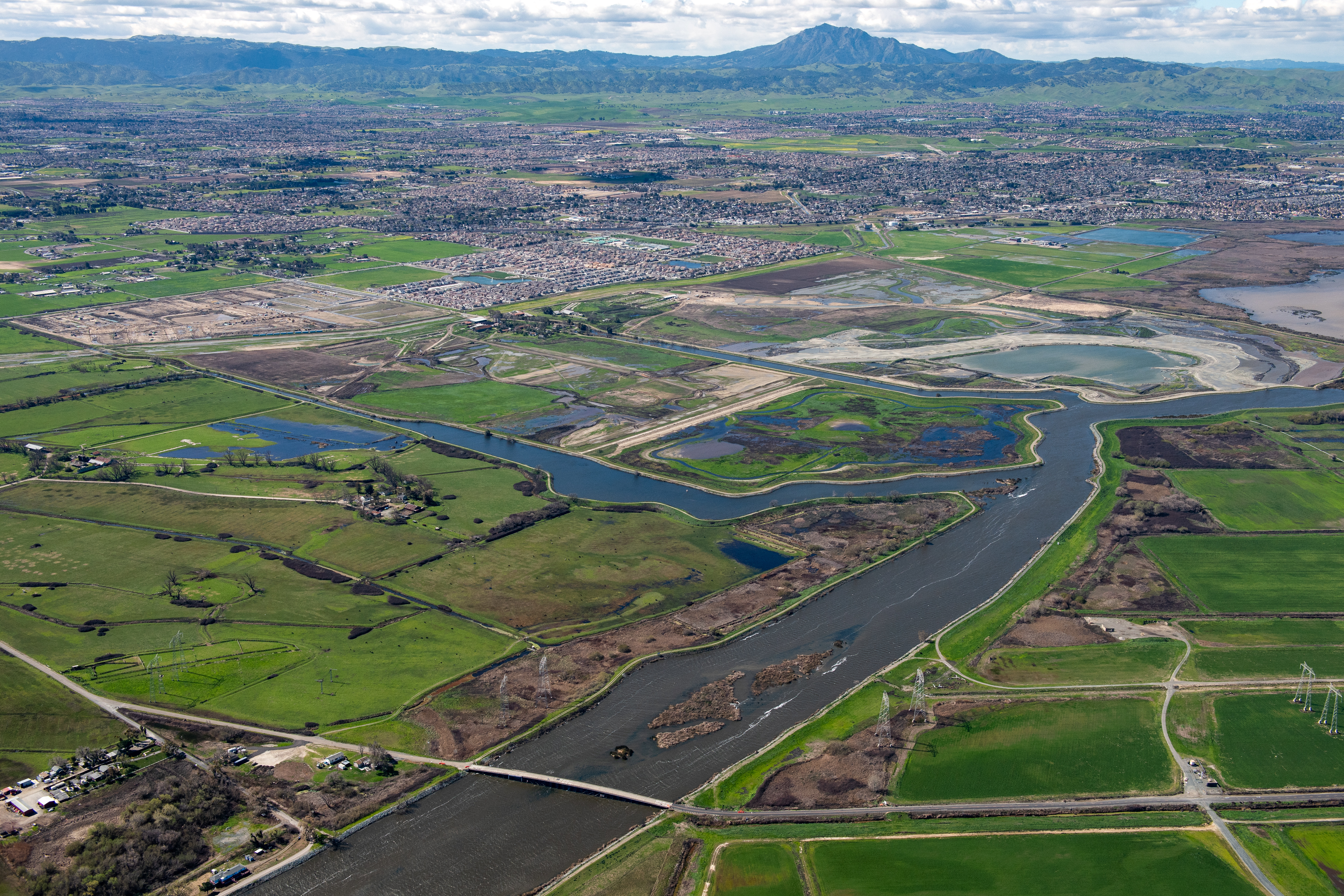Today marks the 24th annual World Water Day, declared by the United Nations to call attention to water challenges and improve how water is managed. As nations and groups around the world use this day to spur progress on water issues, it’s time for our own “call to arms” on water in the American West.
Water is a precious resource that connects us all. It flows through our wild places, nourishes our communities and drives our economy. In the largely arid West, water is our lifeblood. We know that our future depends on meeting the water needs of our people and natural environments.
Unfortunately, our water supplies face unprecedented challenges. A changing climate is bringing longer, more punishing droughts that are punctuated by intense winter storms and flooding. A growing population and expanding economy demand more water. And pollution of water supplies threatens communities and wildlife.
Events across the region have caught people’s attention. California’s epic drought captivated news media across the country over the last five years, immediately followed by severe flooding this winter. An extended drought and accompanying wildfires in the Pacific Northwest also caught many Washington and Oregon communities off guard. And a 12-year drought in the expansive Colorado River Basin slashed key water supplies for seven states and two countries.
All these events underscore our water vulnerabilities.
Understandably, many people are now asking what it takes to preserve and protect our water amidst these challenges. The answer is clear: Our outdated water infrastructure and management systems—put in place in the middle of the last century—need to be updated in a sustainable way to meet this century’s demands.
We need new ideas and innovative approaches. We need smart investments that break down traditional silos of water management and deliver integrated solutions with multiple benefits. And we must leave behind polarizing water debates and bring a broader set of voices toward shared solutions.
That’s the mission of the Water Foundation: to transform how we manage water in the West so our communities and natural places can thrive.
We are entering a new era for the organization that allows us to tackle this challenge. This week we announce our transition from an initiative of Resources Legacy Fund to a stand-alone foundation focused entirely on how we manage water in the region.
What does this mean for our work?
Moving forward, we will pool and align philanthropic funding to support groups that find smart ways to improve water management. We will use our knowledge and experience to spot opportunities where foundation investments can drive change. And we will leverage the trust and leadership we have earned through our collaborations thus far to connect diverse leaders and spearhead partnerships that lead to pragmatic, durable and balanced solutions.
We will apply lessons-learned in California to challenges across the West, recognizing that waterways traverse political boundaries and that communities and natural places throughout the region face shared challenges. While we work to broaden our impact across the region, we will continue to support good work in California. And in all our efforts, we will consider the unique characteristics of each place where we work and each specific problem we aim to solve.
As this new chapter for the Water Foundation begins, I’ll provide updates here about our work with partners to spur progress across the region.
This is our moment in the West to transform how we manage water so our communities and natural places can thrive. Together, we can make this vision a reality.
